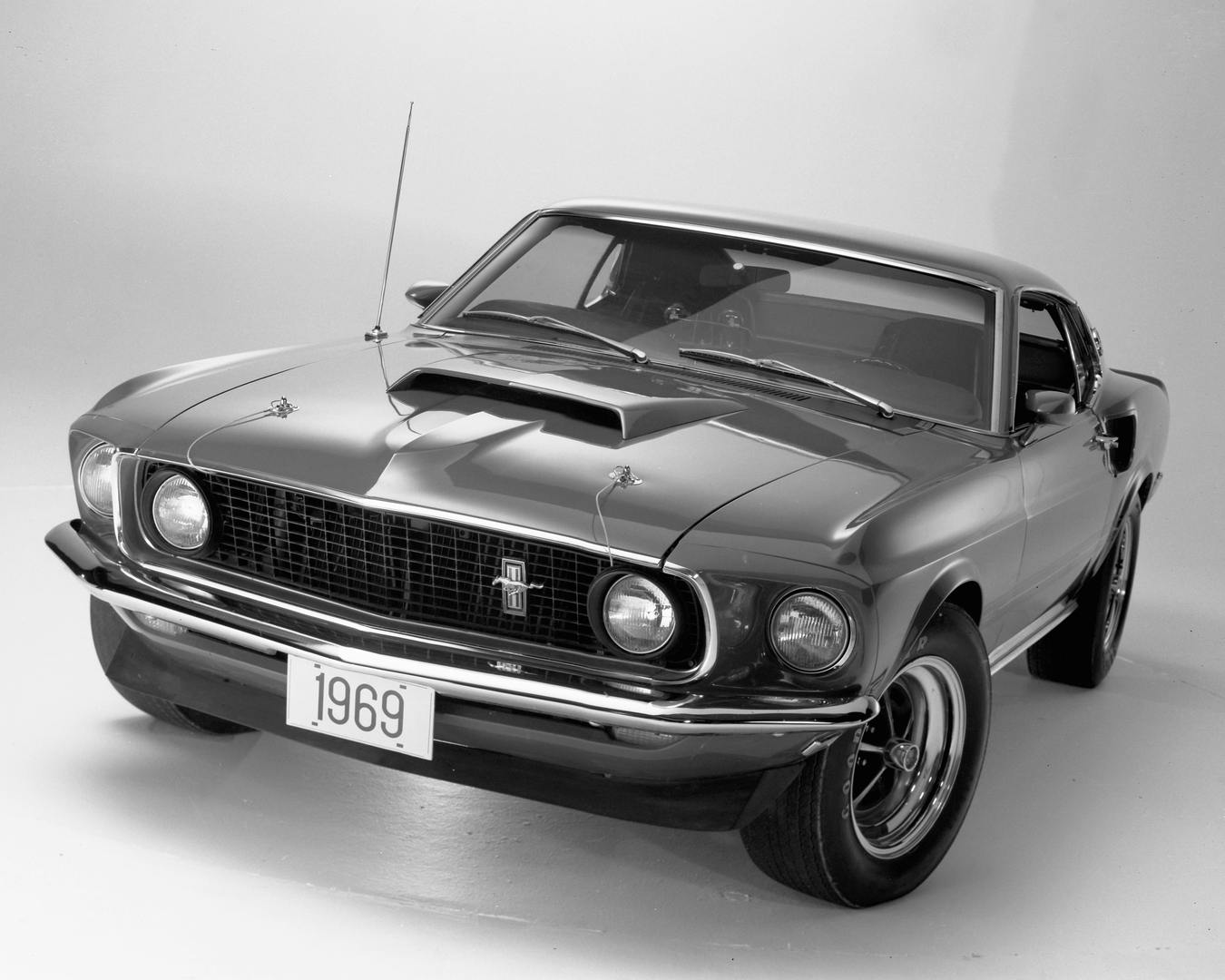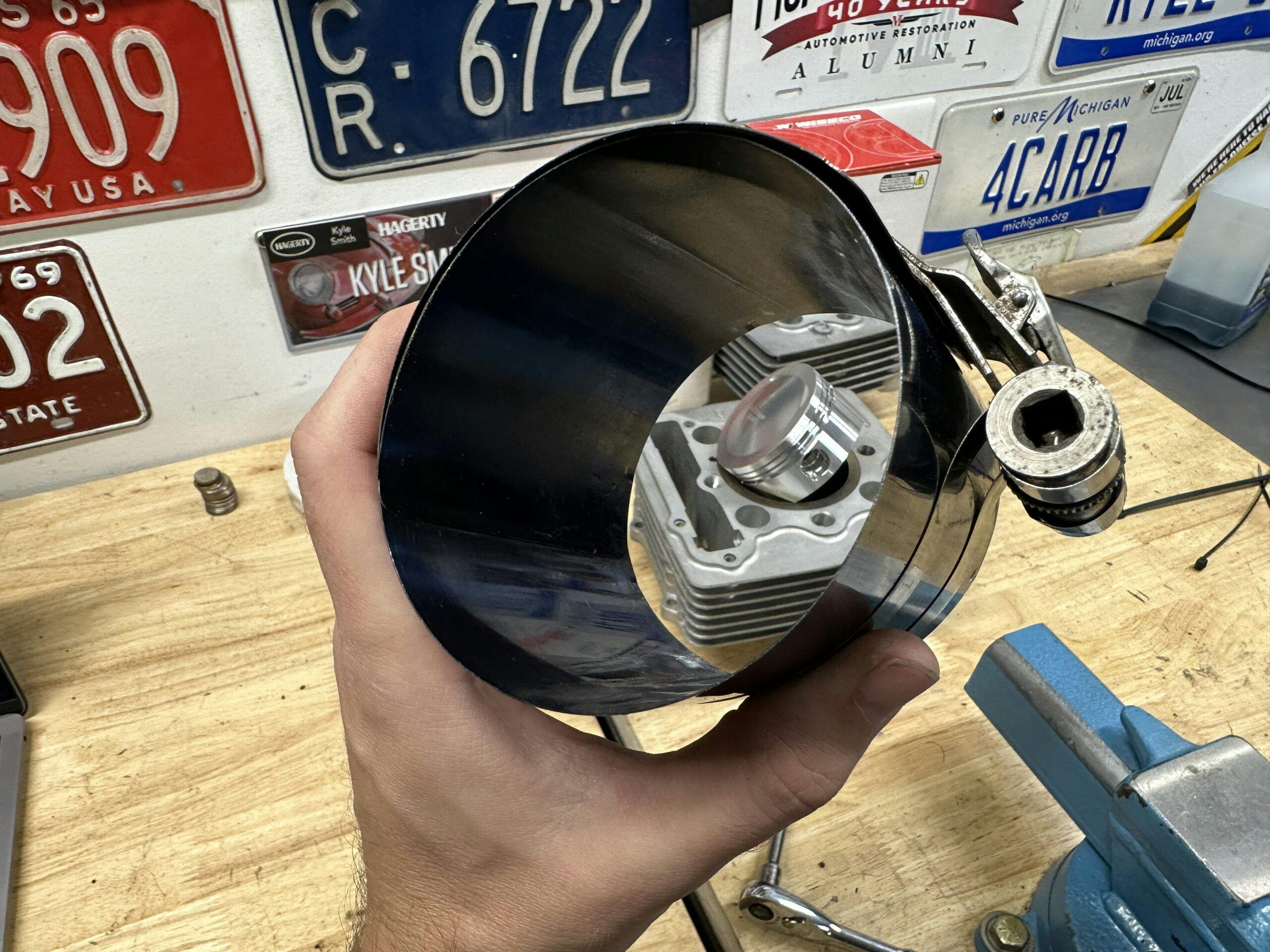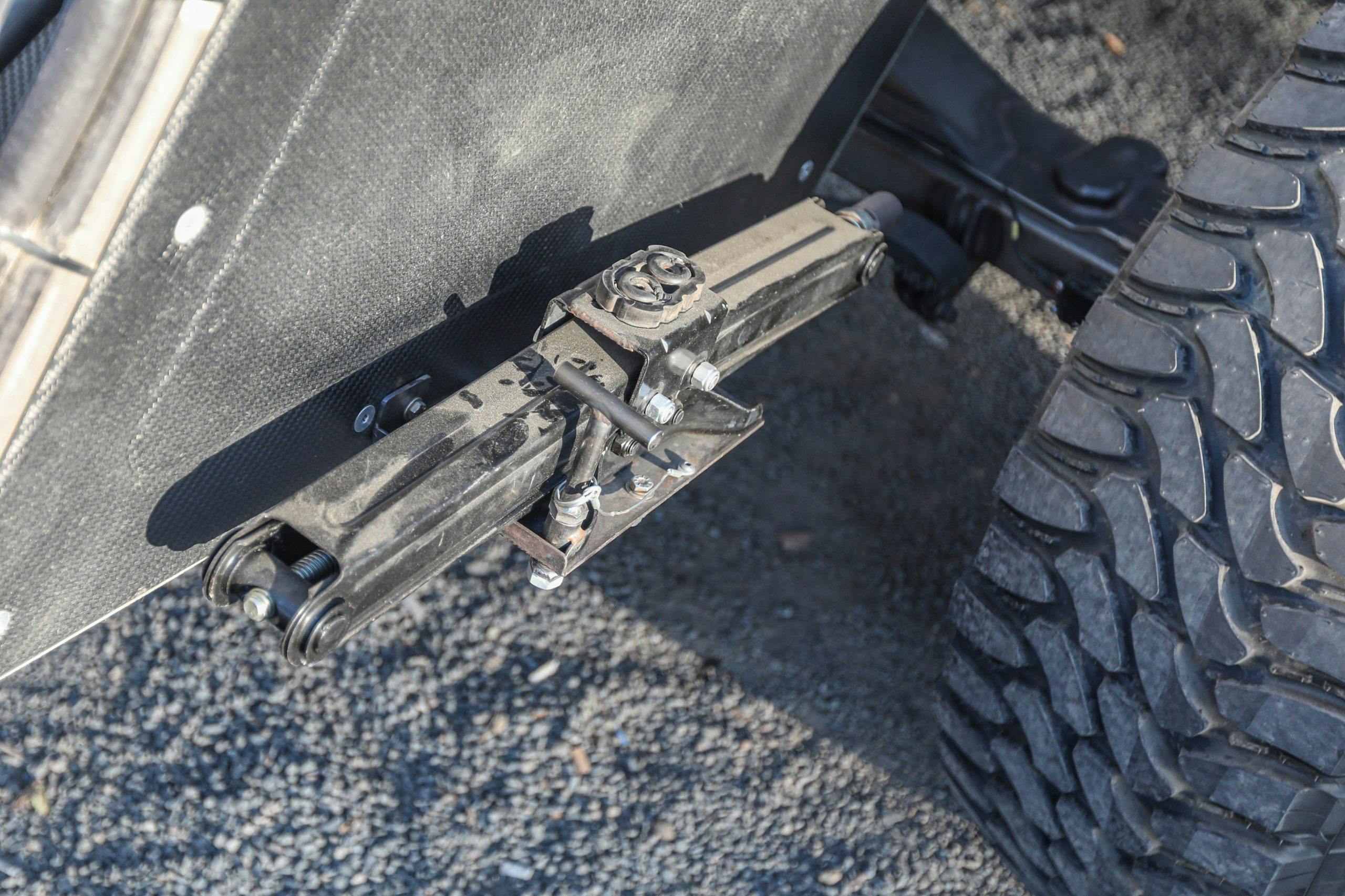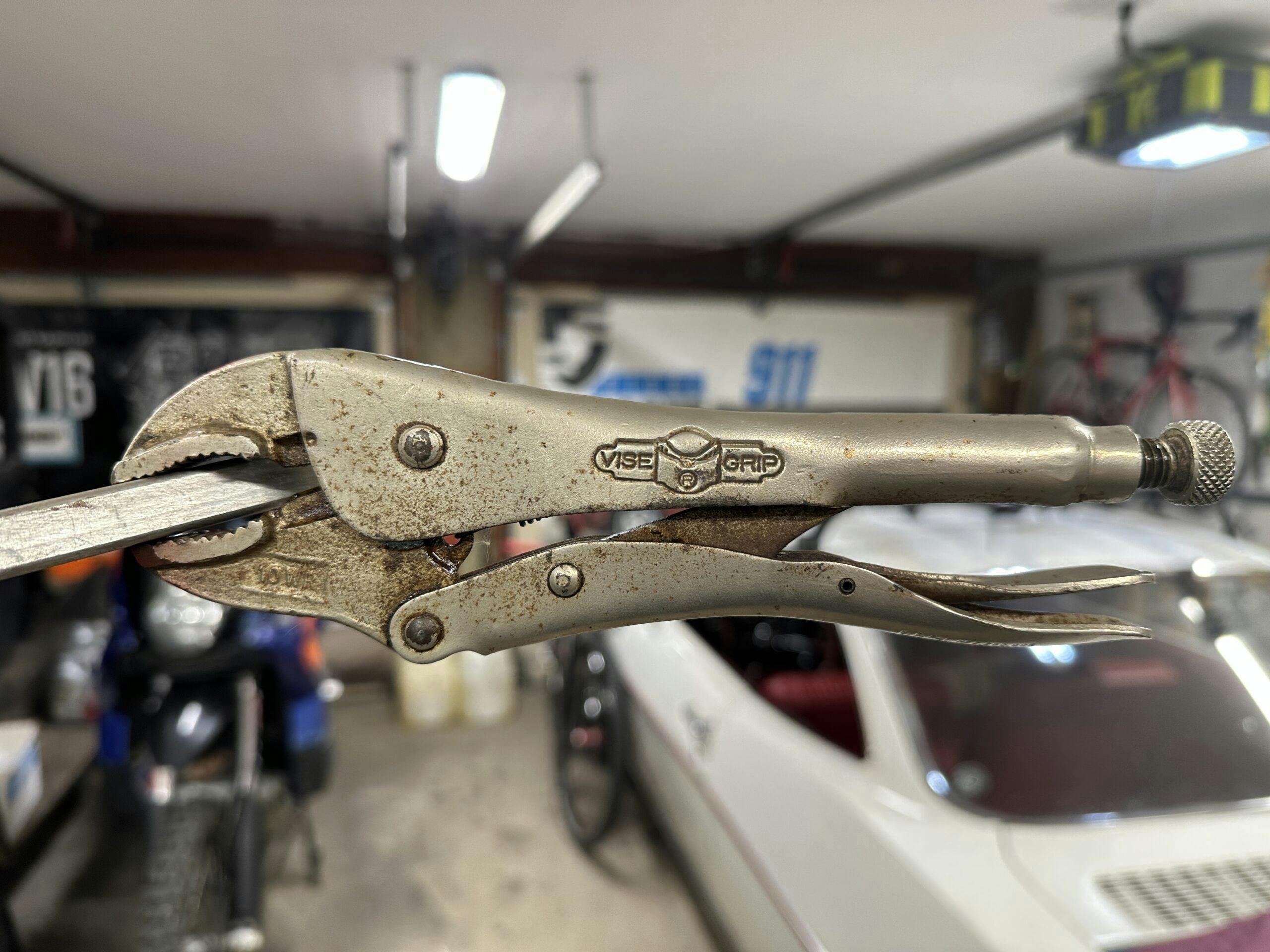Media | Articles
5 old tool designs that survive nearly unchanged

Some shapes in the automotive world are just timeless, like the grille of a 1969 Mustang. Even restomod shops leave it alone. The same goes for tools: During an evening of working in the garage, you’re likely to touch several whose designs have survived, nearly unchanged, since they were invented.
For the sake of argument, let’s exclude anything that is simply a formed piece of metal—screwdrivers, sockets, and hammers—and focus on items with some kind of mechanism. Inventors are likely the first to tell you that perfection on the first or even the second try doesn’t happen often, but these five tools got awful close.
Ratchets

The use of gears to create a one-way mechanism is old—over a century and a half. J.J. Richardson patented the idea of a ratcheting wrench in June of 1863 and, while his design appears archaic by modern standards, it relies on the same principles as the ratchets that sit in virtually every toolbox around the world.

A center gear doubles as the attachment point for the socket. That gear interacts with two smaller ones that force it to spin either clockwise or counterclockwise. The direction of a modern rachet is easy to switch, and its gears have evolved to be much finer, minimizing the rotation required to grab the next tooth, thus making the ratchet more efficient in tighter spaces.
Bench vise

If you thought of one tool when you saw this article’s headline, it was probably this. History traces the bench vise back to the 1700s, but the first modern version was made of poured cast iron in the 1830s. The casting process was rudimentary, though, and resulted in a porous finished product that had the potential to break during use. Today, the best modern vises are forged.
Piston-ring compressor

The modern four-stroke engine traces back to Nicolaus August Otto and his experiments with compressing the air and fuel inside a cylinder prior to ignition. This discovery led to more efficient engines that gave us—literally—more bang for a buck’s worth of fuel.
To contain compression and combustion, you must put a seal on the piston; to do that, you must be able to compress said piston rings to fit into the cylinder bore while you assemble it. Consider that Otto was experimenting with his designs in the 1860s, and it’s reasonable to conclude that our spring-form piston ring compressors trace to this time period. Not everyone uses these tools, but those who do know just how important they can be.
Scissor jack

As long as there have been cars, we have needed to lift them. While an incline plane (a ramp) effectively raises the car while the vehicle is on its wheels, a spiral incline plane combined with four metal arms and a base will lift a car from any point to allow you to remove wheels or other parts. That is the essential form of a scissor jack: A screw that pulls together two arms that provide lift.
The design traces back at least 100 years and it is nearly comical how little has changed from the patent drawing to the folded-metal jacks found in the trunks of so many modern cars. Jacks and spare tires might be falling by the wayside, but the simplicity of a scissor jack will stand the test of time, even if it has never passed the test of safety with flying colors.
Vise grip

The main thing we need while working is a third hand, something that can hold our workpiece together or give us a handle on something otherwise untouchable. The over-cam design for locking jaw pliers might be the youngest one on this list: 99 years have passed since inventor and blacksmith William S. Petersen penned the design that became the nearly indispensable tool we know today. The easy-release lever was added in a slight redesign by Petersen in 1957 (above).
Have a tool to add to the list? Leave a comment below telling us another tool that has stood the test of time. The history behind what we take for granted can be quite fascinating.
***
Marketplace
Buy and sell classics with confidence
Check out the Hagerty Media homepage so you don’t miss a single story, or better yet, bookmark it. To get our best stories delivered right to your inbox, subscribe to our newsletters.


















Slip joint pliers and adjustable (aka Crescent) wrench wrench and the electric hand drill.
When my dad gifted me my first toolbox he gave me some of his used tools that he used to keep our cars running. He explained that these are the “basics” and I will add as I go along. In that new tool box were some assorted screwdrivers, combination wrenches, Craftsman (early 60’s when the Craftsman name meant the best) rachet and some sockets, 1 lb. Stanley hammer, slip joint pliers both the “water pump” multi grove type and original two position type and two sizes of adjustable wrenches. A well used Thor 3/8′ electric drill was also included. I still have the Craftsman ratchet, sockets and Thor drill that I changed the brushes in once. Needless to say I’ve added thousands of dollars worth of tools over the ensuing 60 plus years buy I always remember Dad whenever I open my “old” tool box.
the backward spring compressor someone mentioned (without seeing it) sounds like the style used on flathead engines where it would push between the engine block and the spring collar.
That was my question, and you may well have the answer. It was in my F-I-L’s tool box, and he worked on lots of Model T’s and A’s, plus flathead V8s, so that’s logical. I’ll take it to the next car show and ask some A & T owners if they recognize it.
Found an 11 in. yellow plastic handled screwdriver on the street in 1955 (yes, fifty five). Over the years, with nothing to lose, I’ve repeatedly used it as a cold chisel, increased torque by gripping the handle with a Channel-Loc, dropped it in the canal and recovered it 2 or 3 years later, and, although it looks like crap, it soldiers on.
I have used vise grips as a gear lever on a motorcycle and and for steering a car without a steering wheel.
In Australia we call an adjustable wrench a shifting spanner or shifter. Also known colloquially as an AFS (Any effen size)
Pole jacks, bumper jacks and bottle jacks were the jacks of choice (or necessity) during the “early” years. 4-wheeled “floor” jacks were relegated mostly to shops and service stations. I obtained my first “floor” jack in the late ’70s or early ’80s–it cost a hundred bucks back then but has proven itself over and over and over. Now, good floor jacks can be bought for “a song”.
Stilson wrench/ pipe wrench. The jaws have teeth that bite into the round pipe. That tool hasn’t changed in over 100 years. The monkey wrench is right behind. It hac smooth jaws that fit around a nut at 90 degrees.
There are only two machines. A lever and an inclined plane. everything else is a combination of the two.
Stilson wrench/pipe wrench hasn’t changed in over one hundred years. The teeth on the jaws bite into the pipe allowing the pipe to be tightened into the fitting. The monkey wrench is right behind. There are only two machines. A lever and an inclined plane. (ramp) Everything else is a combination of the two.